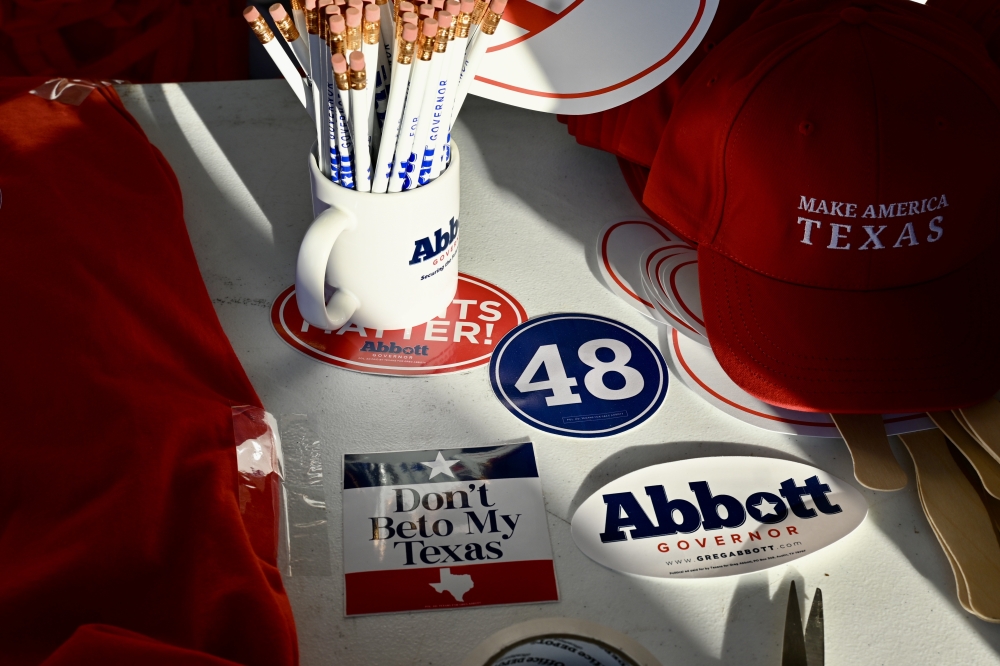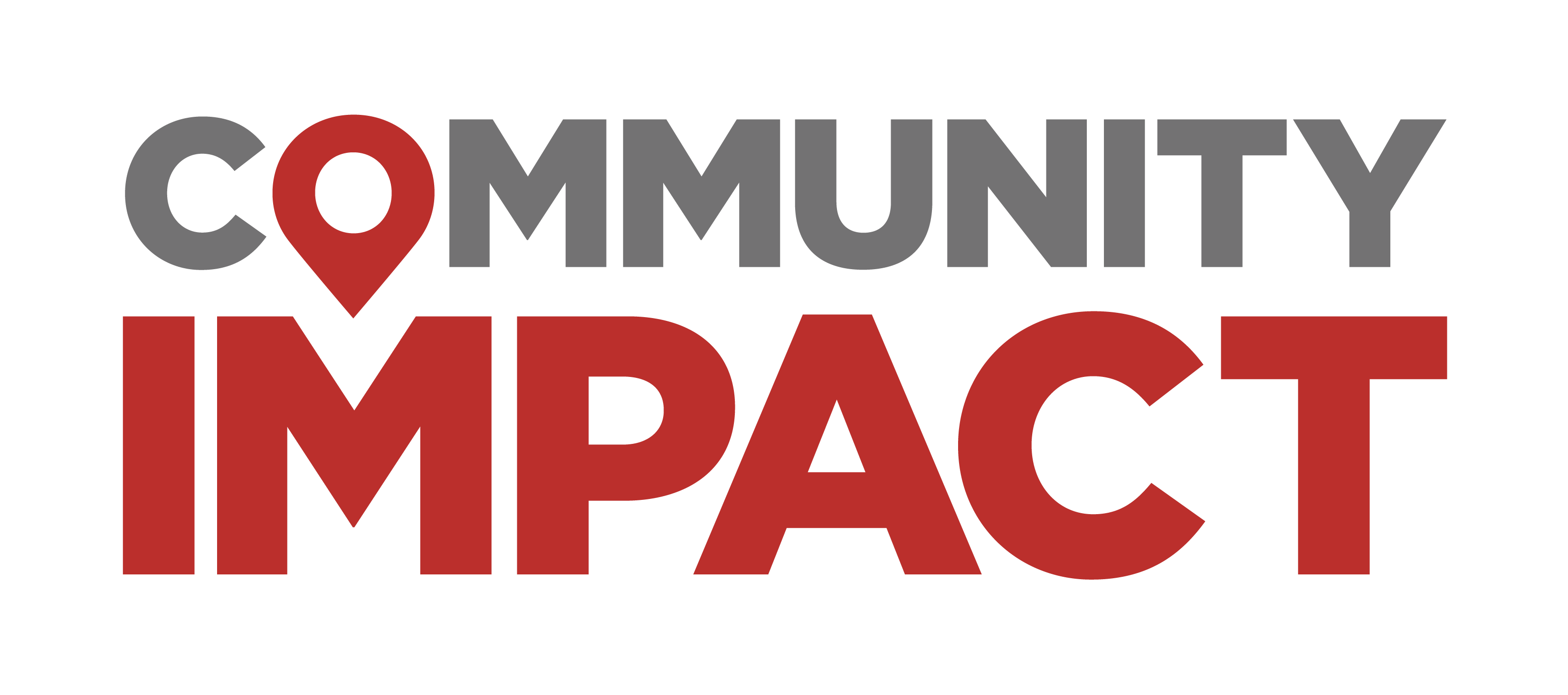Some conservative groups and lawmakers pushed for an end to school property taxes during recent state legislative sessions, although the idea has not gained widespread support among legislators. Abbott said he hoped to amend the Texas Constitution to abolish school property taxes, which would require the support of at least two-thirds of state lawmakers before being put to voters.
“It’s time to drive a stake through the heart of local property tax hikes for good,” Abbott told supporters during a Nov. 9 campaign event at East River 9 golf course in Houston.
The overview
The state of Texas does not charge property taxes, meaning homeowners are taxed by local entities such as school districts, cities, counties, hospital districts and municipal utility districts. The Texas Legislature, however, can place limits on how much local governments raise taxes annually and require tax exemptions for certain groups.
According to documents shared by Abbott’s campaign, the governor’s plan to limit local tax increases includes:
- Placing statewide limits on annual local government spending
- Requiring approval from two-thirds of local voters for all tax hikes
- Allowing local residents to petition for an election to roll back tax rates
- Requiring property appraisals to occur once every five years instead of annually
- Capping appraisal increases at 3% per year, down from 10% today
- Asking voters to eliminate school property taxes
In 2023, Texas had the nation’s seventh-highest overall property tax rate at 1.36%, according to the Tax Foundation, a nonpartisan think tank based in Washington, D.C. Texas voters approved several constitutional amendments aimed at lowering property taxes for homeowners and businesses in 2023 and expanded existing tax exemptions during the Nov. 4 election.
The other side
In a Nov. 9 statement issued ahead of Abbott’s campaign event, the Texas Democratic Party argued that Texas residents were worse off with Abbott as governor.
“Throughout Gov. Greg Abbott’s nearly 11-year term as Texas governor and 30-year career in Texas politics, things have only gotten worse for Texans,” Texas Democratic Party Chair Kendall Scudder said. “[Texas has] a broken and unstable power grid, the defunding and closure of public neighborhood schools, rising costs, and the most expensive health care system in the country.”
Democrats Gina Hinojosa, a state lawmaker from Austin, and Andrew White, son of former Texas Gov. Mark White, each announced their candidacy for governor this fall. Bobby Cole, a rancher and retired firefighter, and Nick Pappas, a Marine veteran, are also running as Democrats to unseat Abbott in 2026, according to their campaign websites.
The four Democrats had not filed for candidacy in the 2026 election as of Nov. 9, per Texas Democratic Party records. Texas Republican Party records show that one candidate, Arturo Espinosa, had filed to appear on the Republican primary ballot for governor as of press time. Candidate filing opened Nov. 8 and runs through Dec. 8, according to the secretary of state’s office.

Abbott’s plan to rein in local governments’ ability to raise property taxes includes tying spending by cities, counties and other taxing entities to inflation and population growth, similar to existing state-level spending limits.
“Local governments must live within their own means, just like you have to live within your means,” he told supporters.
In February, Abbott said that local taxing entities should be required to receive two-thirds approval from local voters during a general election before they can raise taxes. That proposal did not gain traction during this year’s legislative session, although Abbott said he would continue pushing for it if reelected next year.
Under current state law, school districts can raise property tax rates by 2.5% per year without voter approval, while cities and counties can increase taxes by 3.5% before going to voters.
He proposed allowing local voters to call for an election to “roll back” property tax rates if at least 15% of a community’s registered voters sign a petition. The plan also includes limiting annual appraisals to occur once every five years and tightening the cap on appraisal growth from 10% to 3% for homeowners, rental properties and businesses.
Abbott did not specify how he planned to pay for the elimination of school property taxes during his Nov. 9 campaign speech. Property tax revenue makes up more than half of the funds Texas public schools receive, according to Texas Education Agency data.
Historically, when Texans vote to cut property taxes, the state gives money to school districts to ensure they do not lose revenue as a result of the lower taxes. Texas is spending $51 billion, or 15% of the 2026-27 state budget, to maintain existing property tax relief and fund recently-approved tax cuts for the next two years, Community Impact previously reported.
Abbott said in June that he believes Texas can afford to spend $51 billion on tax relief because of the state’s “robust economy,” citing the nearly $24 billion budget surplus that was available this legislative session.
Did you know?
Constitutional amendments require a two-thirds vote from state lawmakers before they can be placed on the ballot, meaning at least 21 state senators and 100 state representatives would have to sign off on a proposal to get rid of school district property taxes. Earlier this year, some prospective constitutional amendments backed by Abbott died due to opposition from House Democrats, who currently have 62 members to House Republicans’ 88.
The Texas Legislature meets for 140 days every two years, with the next regular legislative session scheduled to begin in 2027. Abbott has the authority to call lawmakers to Austin for a special legislative session at any time.
More details
During his roughly 25-minute speech, Abbott highlighted policies enacted during his nearly three terms as Texas governor, including laws providing state funds to send students to private schools; an $8.4 billion boost for public education; property tax cuts for homeowners and businesses; and stricter rules for summer camps in the wake of the deadly July 4 floods.
“That can all be destroyed in one bad election. ... Democrats want that election to be this election,” Abbott said. “We are Texans, and in 2026, we will remind the whole world that the spirit of Texas will never be broken.”
Abbott kicked off his reelection campaign in Harris County, which he has said he hopes to turn “dark red” during next year’s election.
“This is the place where I first ran for public office—we won Harris County then, and we are going to win Harris County again this election,” Abbott said Nov. 9.
Roo Moody contributed to this article.





